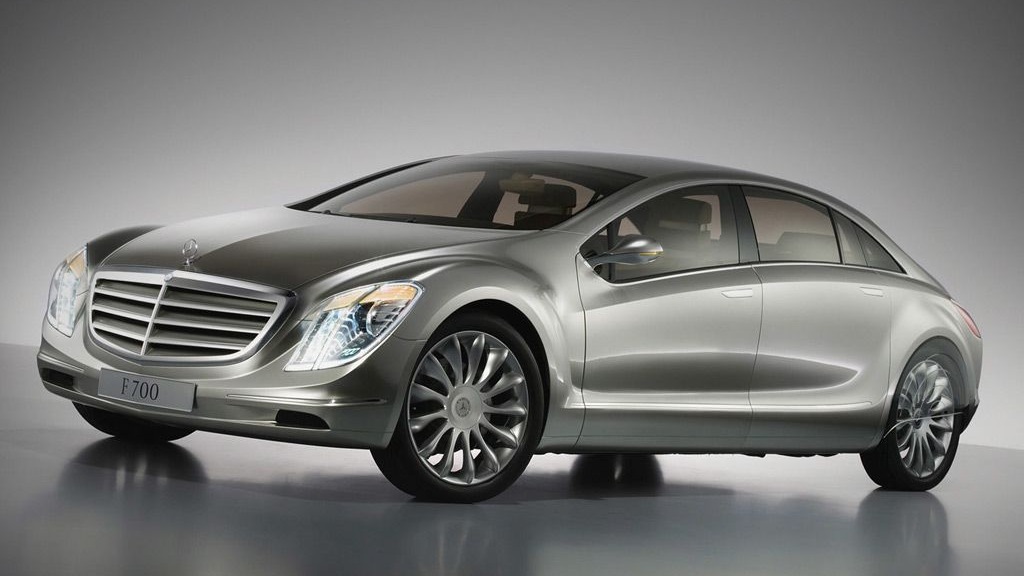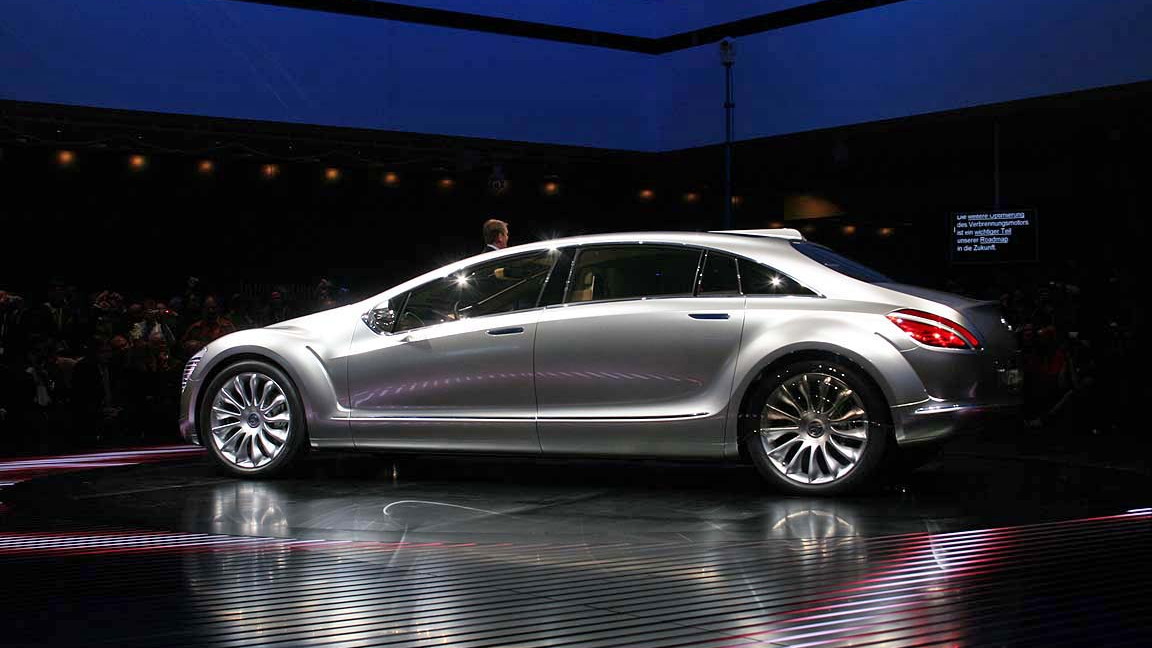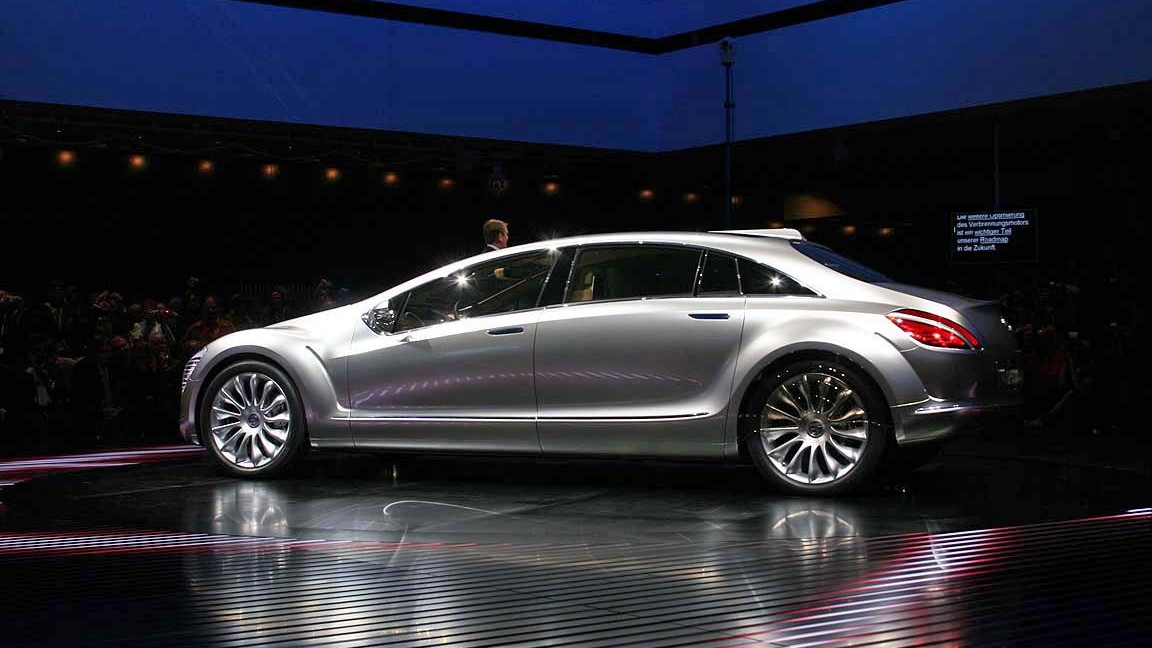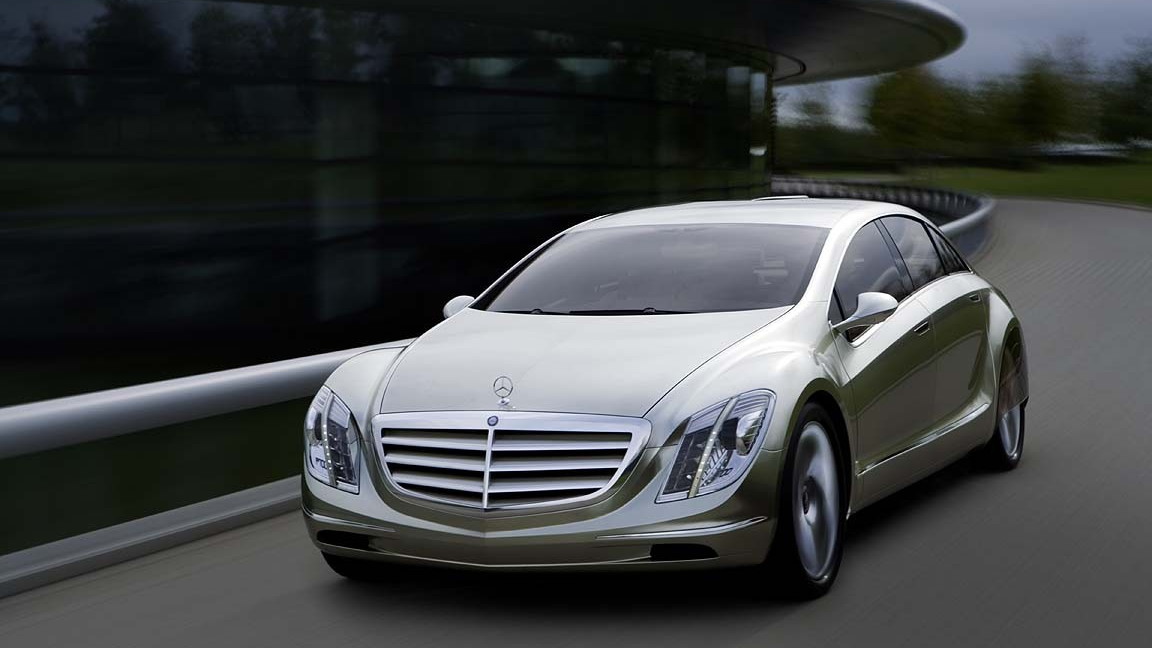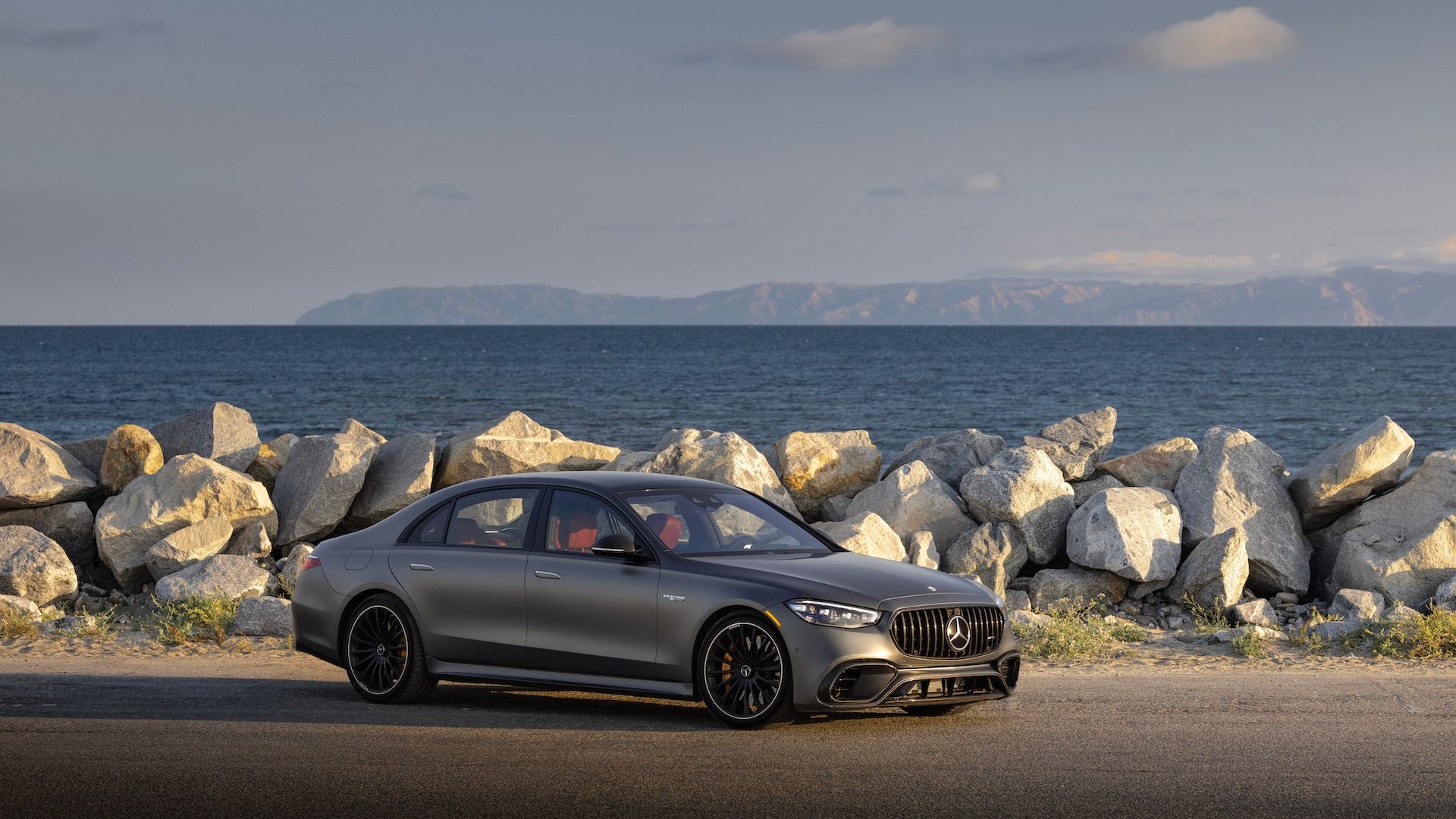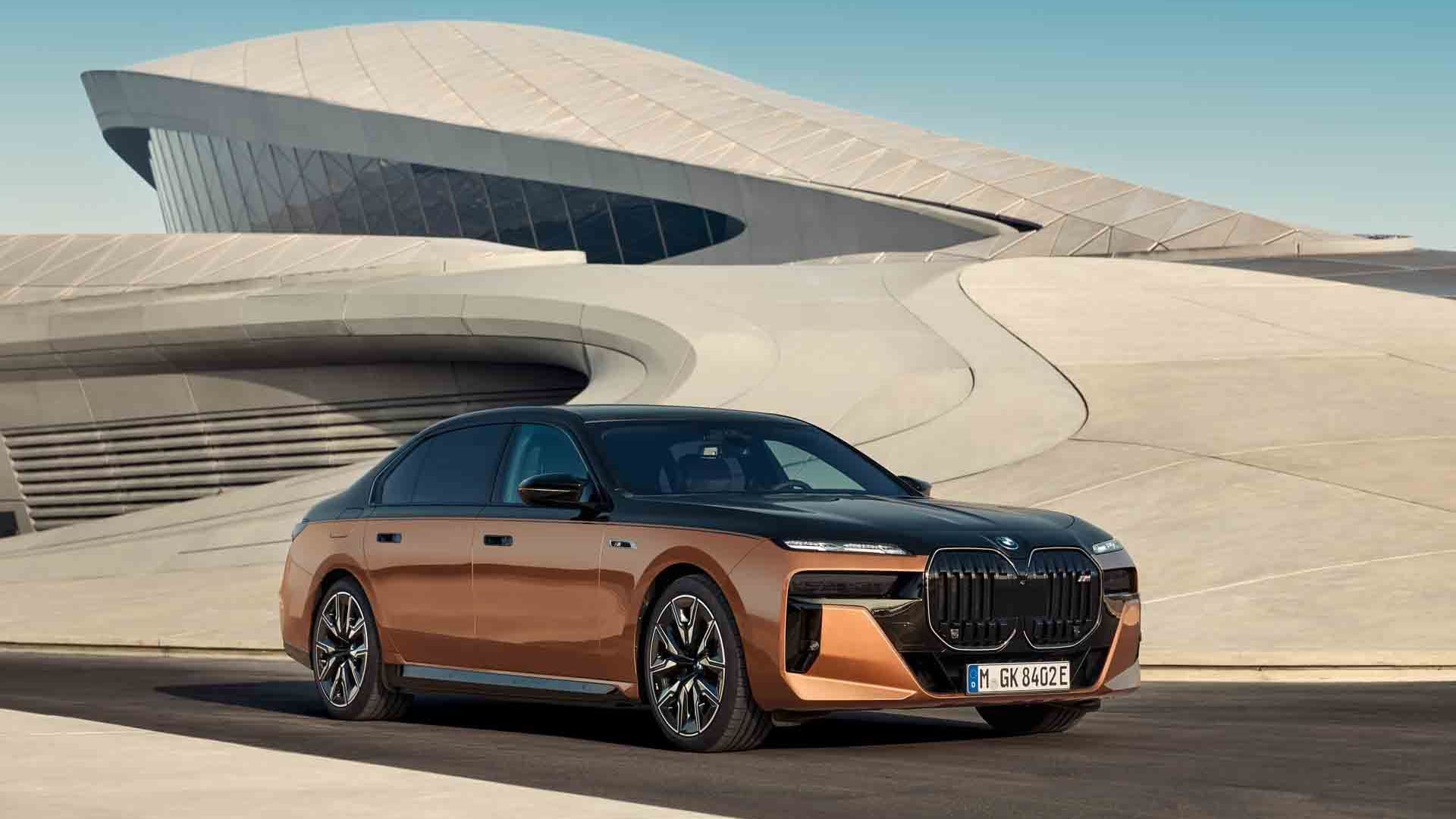The idea of combining the best of the high-compression, high thermal efficiency characteristics with the power and familiarity of gasoline isn't new. There are a number of concepts out there, including sparkless HCCI engines, Lotus' variable compression, multi-fuel Omnivore, and of course, Mercedes-Benz's DiesOtto.
The DiesOtto engine, most famously previewed in the F700 concept from 2007, combines variable compression, turbocharging, and direct injection. The spark plugs fire when compression is low, and don't fire when compression is high enough to self-ignite the air-fuel mixture. Compression ratio varies with engine load.
This combination maximizes torque, allowing taller gearing than a gasoline engine would typically need, while at the same time allowing higher engine RPMs than a diesel engine could achieve. The result: a combination of power and torque that breeds both performance and efficiency.
A concept version of the engine, a four-cylinder displacing just 1.8-liters, was claimed to have reached 39 mpg average in an S-Class back in 2007. The engine produced 238 horsepower and 295 pound-feet of torque--figures that would have been almost exclusively in V-8 territory just a decade ago (or less, in a few cases).
Putting a four-cylinder into an S-Class might seem like heresy, but Mercedes has already decided to take that plunge with the S250 CDI diesel. That car features a 2.2-liter diesel engine rated at 204 horsepower and 369 pound-feet of torque. It's capable of hauling the big sedan up to 62 mph in 8.2 seconds and on to a top speed of 150 mph.
Mercedes hasn't given a solid timeline for the arrival of the DiesOtto in production as yet, but when it does come, it'll start in the S-Class.

